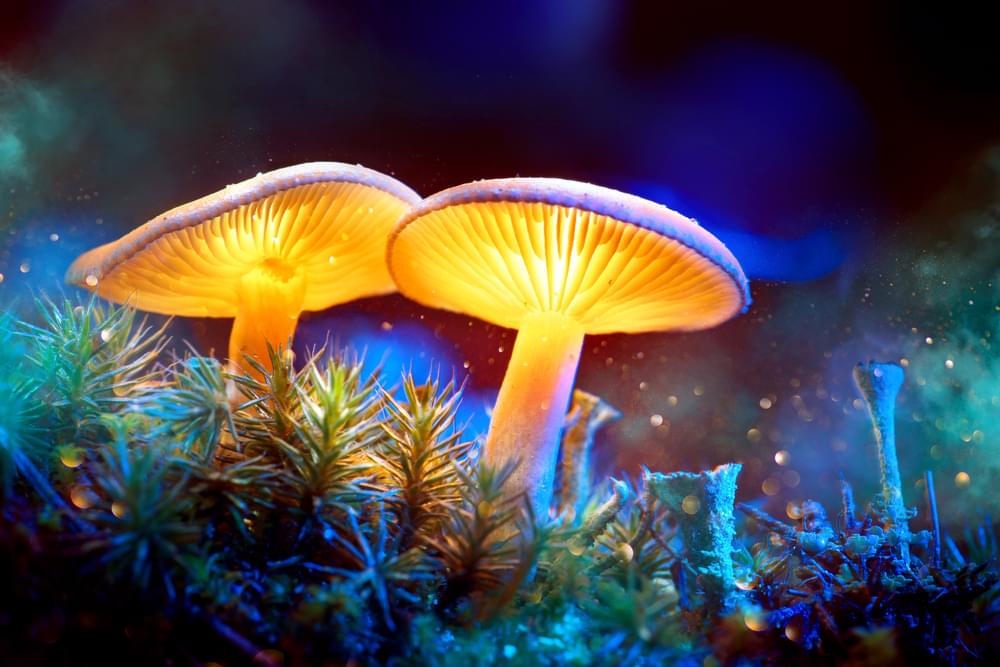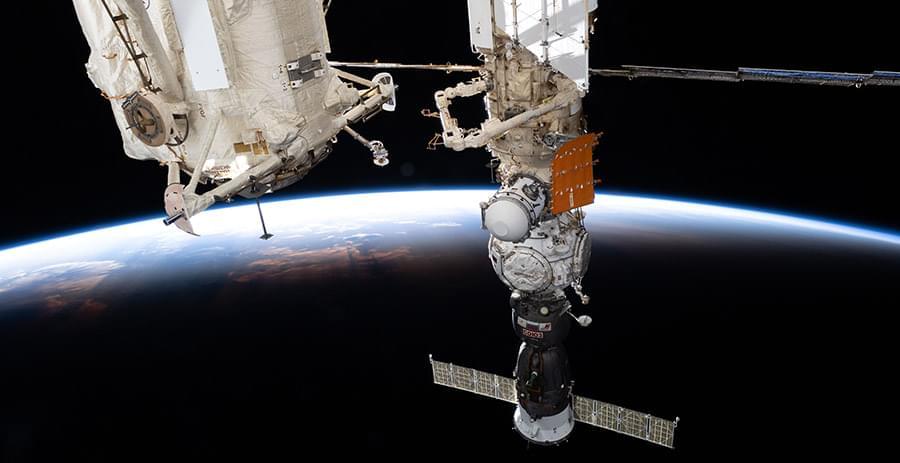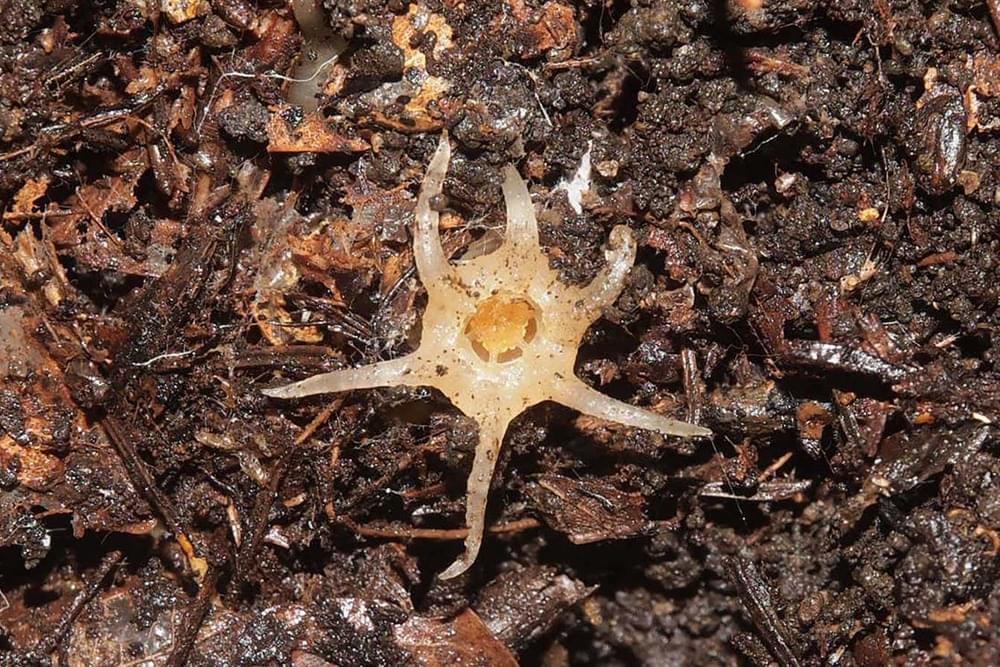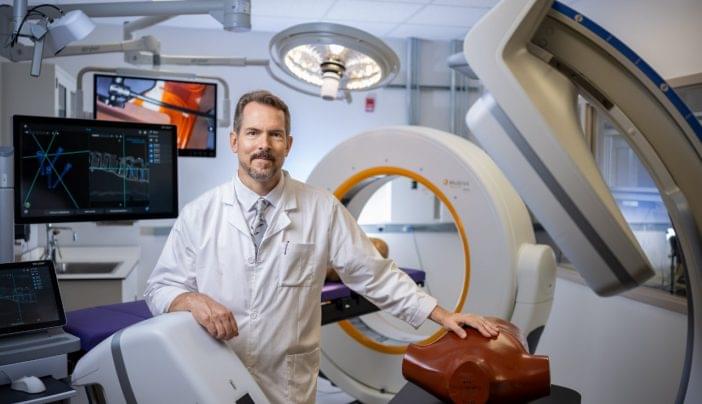Apr 24, 2024
Dr. Sean Kirkpatrick, Ph.D. — Science And Technology For Emerging National Security Threats
Posted by Ira S. Pastor in categories: government, military, nanotechnology, physics, science, space
Science And Technology For Emerging National Security Threats — Dr. Sean Kirkpatrick, Ph.D. — Nonlinear Solutions LLC — Fmr. Director, All-domain Anomaly Resolution Office (AARO), United States Department of Defense.
Dr. Sean Kirkpatrick, Ph.D. is Owner of Nonlinear Solutions LLC., an advisory group that provides strategic scientific and intelligence consulting services, with a focus on emerging science and technology trends, to clients in both the defense and intelligence communities.


















